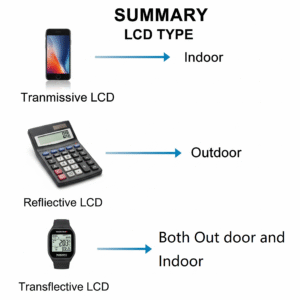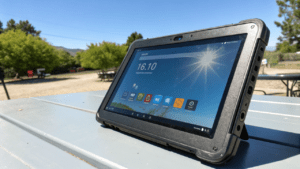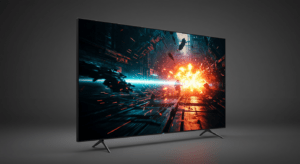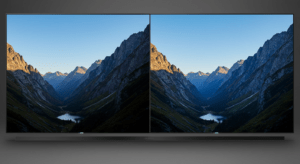
What Is a Glass Substrate in the TFT LCD Industry?
The glass substrate acts as an ultra-smooth foundation for mounting transistors, electrodes, and liquid crystal layers.

The glass substrate acts as an ultra-smooth foundation for mounting transistors, electrodes, and liquid crystal layers.

Static contrast ratio measures the brightness difference between the whitest white and the darkest black a display can show simultaneously.

Circular polarizers are suppress internal reflections, reduce glare, and enhance contrast, ensuring clear visibility under diverse lighting conditions.

Different LCD modes work by managing light in unique ways: transmissive uses a backlight, reflective uses ambient light, and transflective combines both.

Sunlight-readable LCDs maintain contrast outdoors by combining high-brightness backlighting, anti-reflective coatings, transflective technology, and advanced polarizers to combat glare, reflections, and intense ambient light.

Automatic Brightness Limiter (ABL) is a feature in OLED screens that dynamically reduces brightness when large portions of the screen display bright content.

HDR content standards like HDR10 and Dolby Vision, often graded at 1,000-4,000 nits, require LCD’s brightness capabilities to fully showcase dynamic highlights.

Compared to RGB-only systems, RGBW delivers a broader color spectrum and higher color accuracy, but may slightly lower pixel density in smaller screens.

Automotive displays need specialized interface protocols to handle high data throughput, functional safety, and electromagnetic compatibility (EMC) in harsh environments.

DVI-I connectors support both digital and analog signals, DVI-D connectors support only digital signals.


Download our comprehensive catalog to explore 10,000+ LCD module options in detail:
0.42-10.11 inch TFT LCD
16×2-320×240 COB LCD
8×2-320×240 COG LCD